1Department of Social Welfare, College of Social Sciences, Daegu University, Gyeongsan, Korea.
2Department of Psychology, College of Social Sciences, Chungbuk National University, Cheongju, Korea.
3Department of Social Welfare, College of Humanities & Social Sciences, Cheongju University, Cheongju, Korea.
4School of Nursing, Inje University, Busan, Korea.
5Mental Health Center, The Armed Forces Capital Hospital, Seongnam, Korea.
6Department of Psychiatry, WIM Psychiatric Clinic, Seongnam, Korea.
7Department of Neuropsychiatry, Eulji University School of Medicine, Daejeon, Korea.
8Department of Psychiatry, Maum Dream Clinic, Seoul, Korea.
9Department of Psychiatry, Saemirae Hospital, Gwangju, Korea.
10Korea Trauma Research & Education Institute, Seoul, Korea.
11MaumToDoc Psychiatric Clinic, Ansan, Korea.
12Department of Social Welfare, College of Humanities and Social Sciences, Sangji University, Wonju, Korea.
13Department of Psychiatry, Myongji Hospital, Goyang, Korea.
14Our Neighborhood Mental Health Research Institute, Seoul, Korea.
15National Center for Disaster Trauma, National Center for Mental Health, Seoul, Korea.
16Department of Psychiatry, Kyung Hee University Hospital, Seoul, Korea.
17Department of Psychiatry, National Medical Center, Seoul, Korea.
18Department of Psychiatry, Kyungpook National University Children's Hospital, Daegu, Korea.
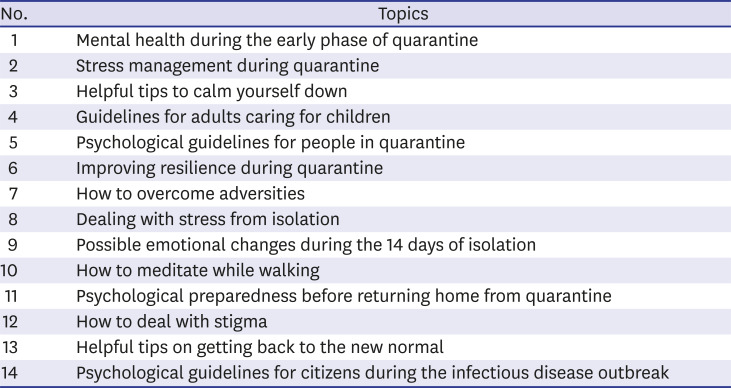
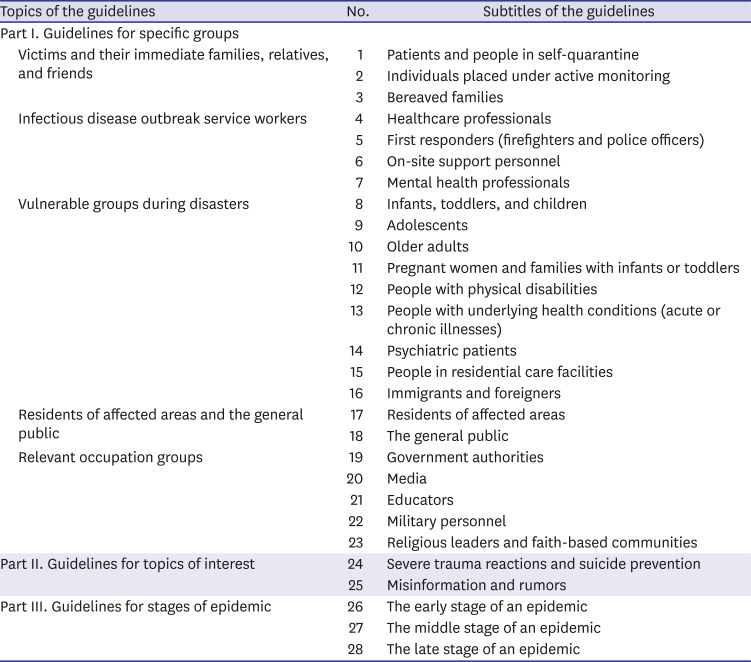
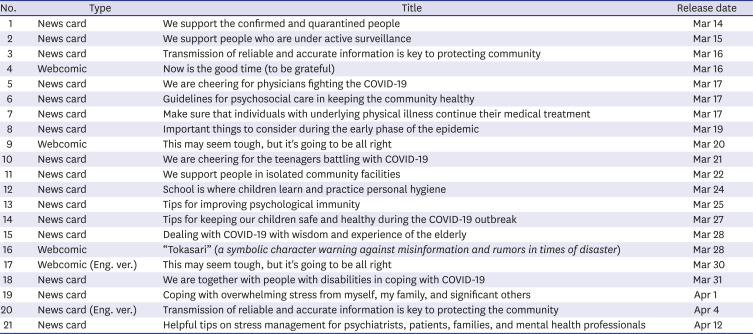




 PDF
PDF Citation
Citation Print
Print



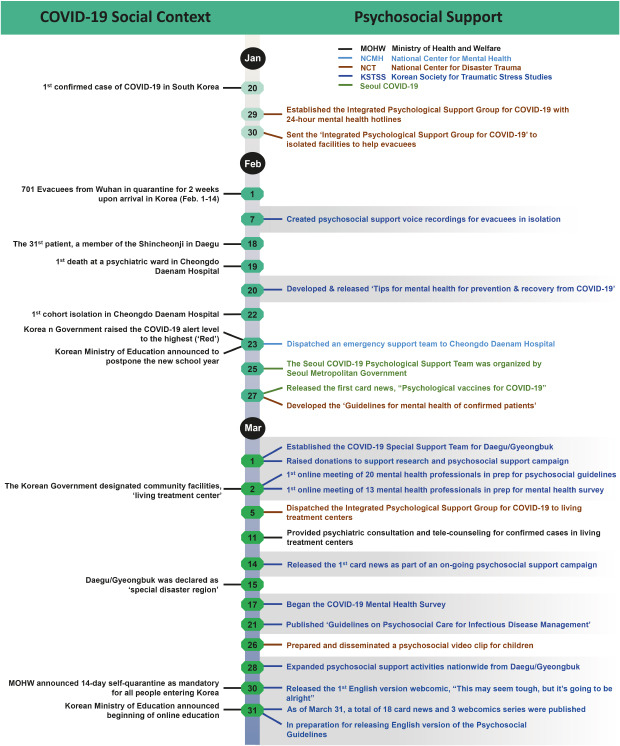
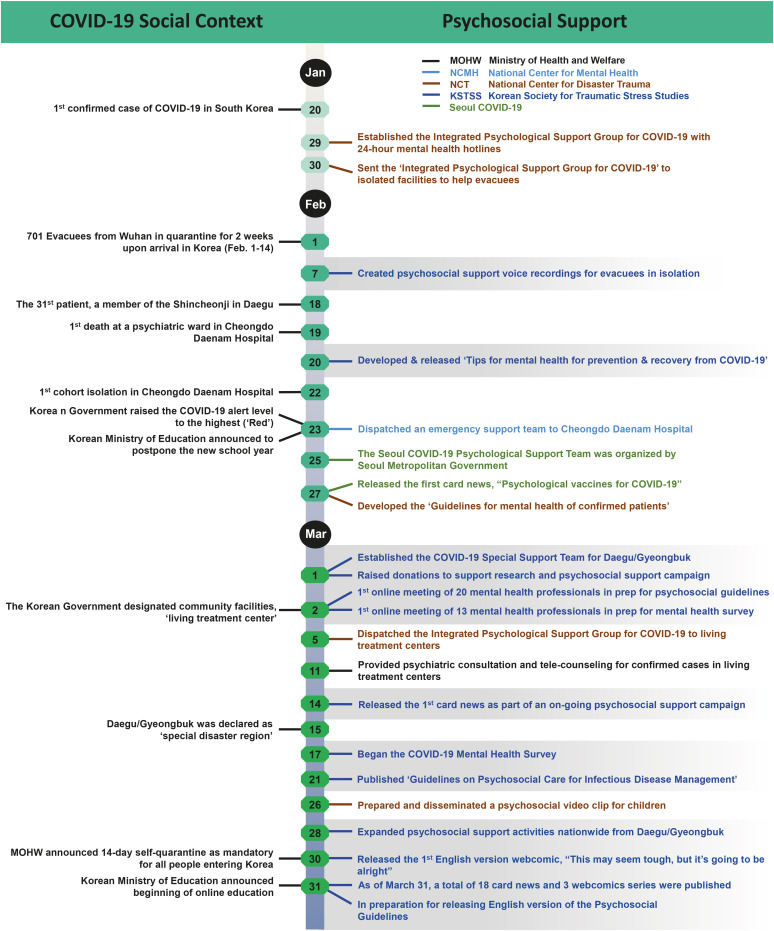
 XML Download
XML Download